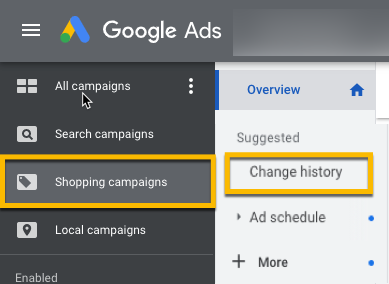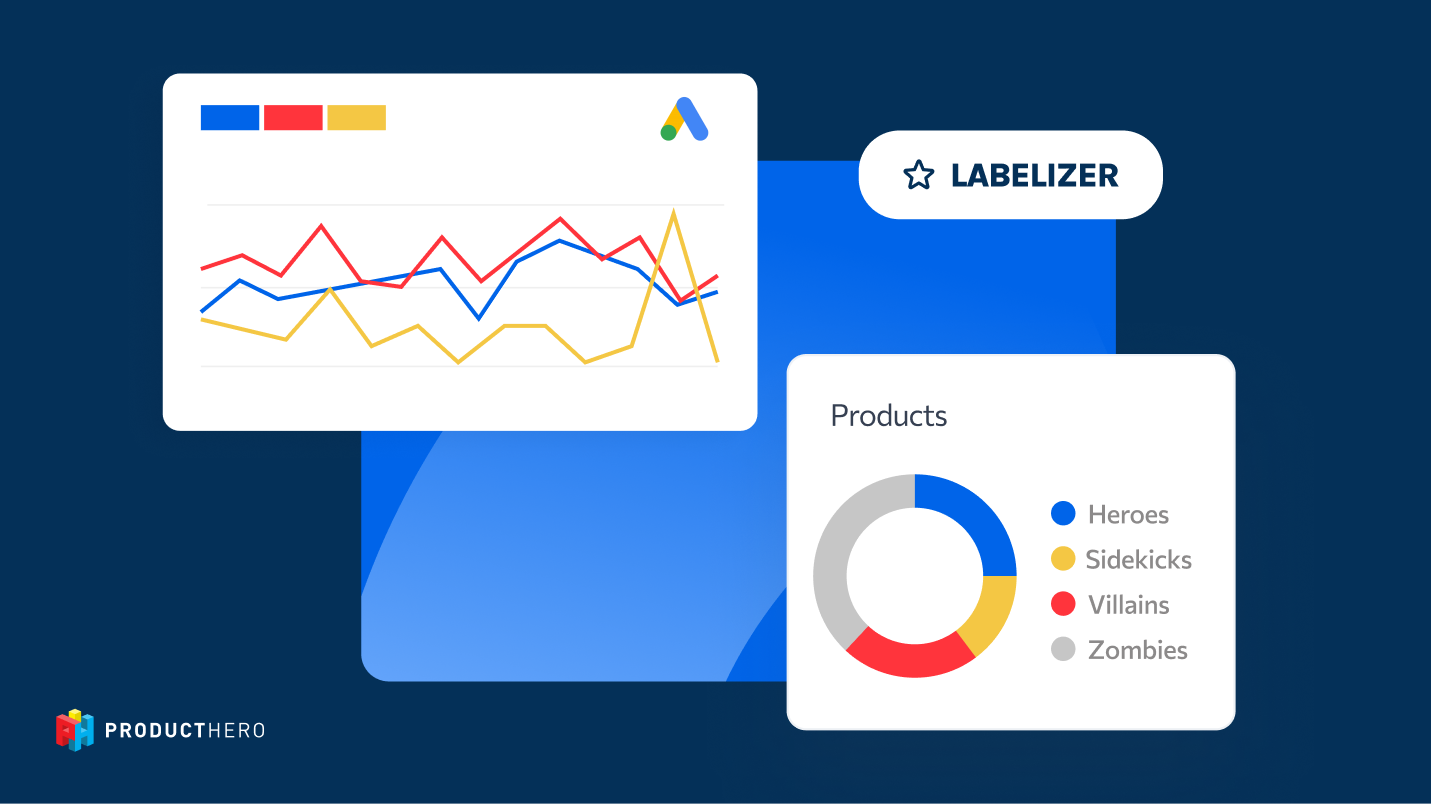Posibles razones por las que no se ve el efecto del cambio a un socio CSS

How to measure the effect of switching to a CSS Partner
Wondering how to measure the impact of switching to a CSS partner? We explain the process in detail in our blog post: How do I see the effect of the CSS partner discount in my Google Ads account?
Most merchants (out of the thousands who switched to Producthero CSS) notice the benefits right away, like better profitability or increased traffic. But sometimes the impact isn’t immediately obvious. When that happens, we help merchants dig deeper into their Google Ads performance. In nearly every case, a less visible impact comes down to one or more of these five factors:
- Changes you made: adjustments to campaigns or account settings can mask the effect.
- Your bid or goal in the ad auction: how you set CPCs or ROAS targets matters.
- The smart algorith: automated bidding strategies may take time to adapt.
- Changing circumstances: market trends, competitors, or seasonal demand can influence results.
- Budget limitations: restricted budgets can cap growth and hide improvements.
In the next sections, we’ll dive deeper into each reason and show how to spot and interpret the CSS discount’s impact in your account.
1. Changes you made
Changes you made to campaigns in the switch period can impact the performance and overshadow the effect of the CSS. Changes we often see:
- Budget changes
- Bid changes
- Target ROAS changes
- Addition of negative keywords
If certain changes occurred can be looked up in the change history of your Google Ads account:

2. Your position in the ad auction
In this blog post we explain why the impact of the CSS discount can differ per advertiser or campaign.
When you do not see the effect of the CSS switch, your campaigns may be in a suboptimal area, where you are under- or overbidding:

- Underbidding: when your bid is too low or your ROAS target is too high to participate in the auction, the 25% extra bidding power may not be sufficient to get you going.
You need to consider raising your bids / lowering your ROAS target to push the volume more towards the sweet spot. - Overbidding: when you are already bidding very high, or your ROAS target is really low, you are already getting a very high impression share. The 25% extra bidding power may not bring you much extra in that case.
You can consider lowering your bids / raising your ROAS target to improve profitability and get closer to the sweet spot.
3. The smart algorithm
When you run campaigns on manual bidding and you do not change your bids, there is a steady base for noticing the effect. But if you run campaigns on automated bidding (target ROAS, Smart Shopping), the algorithm changes the bids continuously. After the switch to Producthero CSS, the algorithm will notice changes in the auction and may act on it by altering the bids. Because a smart algorithm always optimizes towards maximised conversion value or a set ROAS target, it is not said that average CPC will be lower or volume (impressions/clicks) will be higher after a CSS switch. In the long run though we see that the revenue of automated bidding campaigns turns out higher after the CSS switch.
4. Changing circumstances
A before and after analysis can of course be influenced by several factors that also impact the campaign behaviour and performance. The most important ones:
- Price competitiveness
- Behaviour of competitors
- Seasonality
- Product popularity
- Search volumes
- Assortment and product availability
Things you can check:
- Price competitiveness report in you Merchant Center (for more information, check this Producthero blogpost)
- Auction insights report tab in your Google Ads account
- Impression share development of your campaigns
- Conversion rate development of your campaigns
- Products tab (to check the availability of your products)
- Google trends
5. Budget limitations
If a campaign is limited by budget, it cannot grow. When you switch to Producthero CSS while your campaign is limited by budget there is no room for growth, as it keeps hitting the budget ceiling. In this case it is wise to increase your budget or lower your bids / raise your ROAS target.
Check for budget limitations by:
- Checking if there are Limited by budget notifications in your campaign overview
- Adding the Search Lost (IS) by Budget column to your report and see if it is > 0,00%
- Checking a graph of the daily cost of your campaign and see if there are days it hits or surpasses the daily budget
Conclusión
Every advertiser that switches from Google Shopping CSS to Producthero CSS gets 20% discount on its CPC bid, which translates in 25% extra bidding power. For most advertisers, the effect of the switch to a CSS partner is clearly visible. But if this is not the case for you it can always be explained by one of the 5 factors we covered in this article.
Nuestros artículos y casos prácticos
.png)
Introducing Manual Tagging: Create and manage custom tags that fit your campaign strategy.
.png)
Por qué la mayoría de sus productos no reciben clics (y qué puede hacer al respecto)



